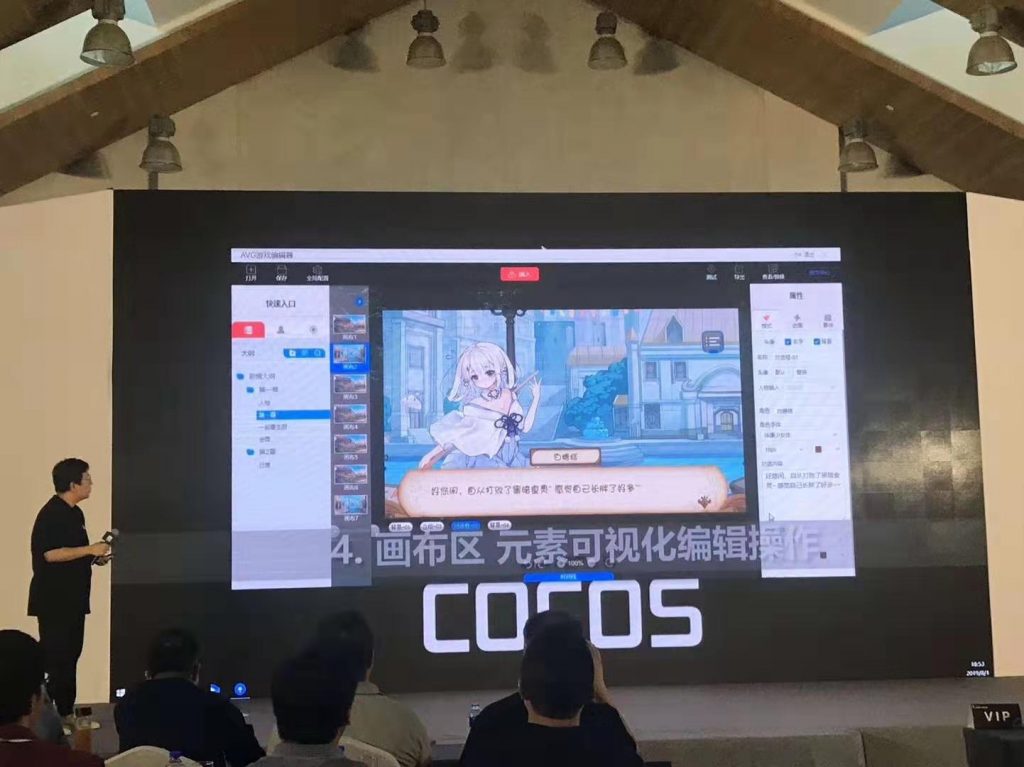
Cocos held a conference named “Hello! Cloud Player" during ChinaJoy in Shanghai on August 3, inviting hundreds of game operators, game publishers, hardware partners, developers, and media guests. At this conference, Cocos officially released their joint partnership with Huawei to create Cocos Cloud Gaming, along with their new products Cocos Play, Cocos Creator 3D and AVG game tools.
Cocos Cloud Gaming adopts Huawei's Qipeng chip and Taishan server architecture to support all mobile games, and will gradually add support for PC cloud games in the future. Cocos Play will be the hub that provides gamers a cloud gaming experience for both PC-side and native mobile games.
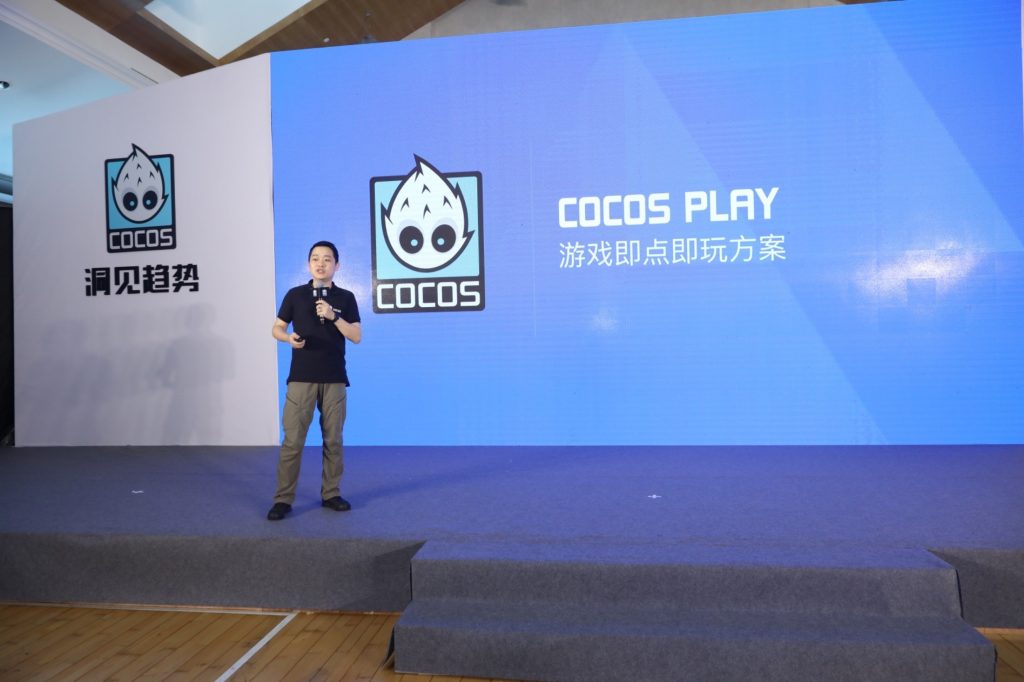
Based on the Cocos Play platform, players can not only click-to-play with the help of 5G networks but also experience a tremendous amount of game content for download. Cocos Play requires only 20M for bandwidth, less than Google Stadia's 25M, so even in a 4G environment, can also play smoothly. It also supports voice chat, to create rich social games, develop more interesting contents.
At the press conference, Cocos CEO Walzer Wang showed off demos of the cloud version of "Raziel" from Tencent and "City of Sky" from ChineseALL during the conference to reflect Cocos Play's flexibility of support on the cloud.
Fully operational tools empower game developers
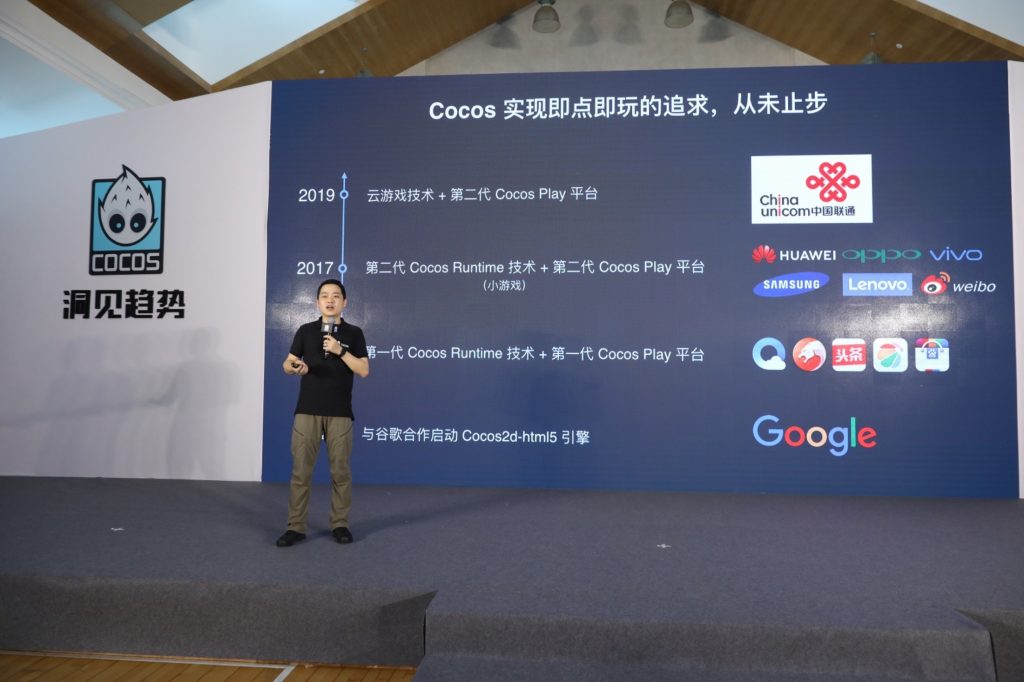
Cocos CEO Walzer Wang shared that Cocos Play’s social gaming tools will be available to developers so they can also use Cocos Play's interface to develop compelling social gameplay content. This can provide developers a wealth of access of player information and operational tools, including analytics on how gamers are playing your game. Developers are also offered a self-service experience with data optimization, event operation, and revenue sharing.
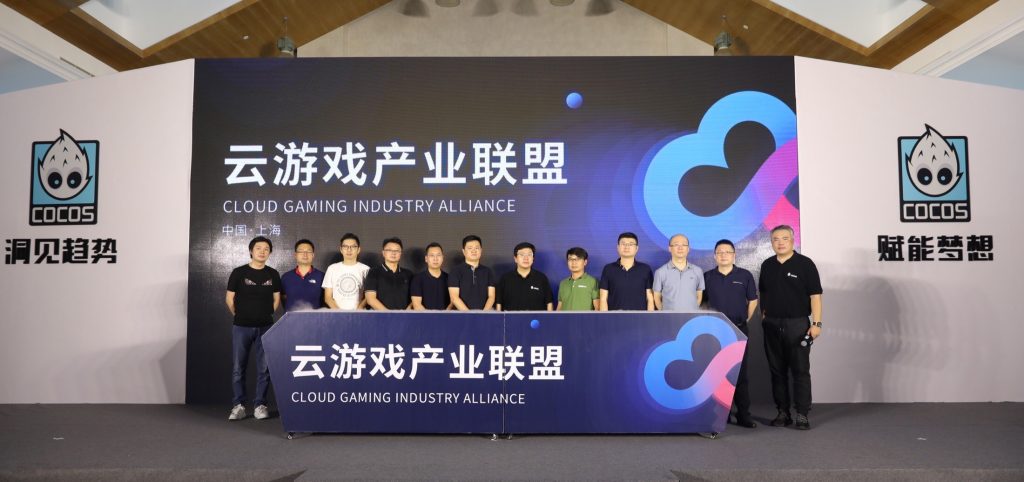
The CGIA (Cloud Gaming Industry Alliance) was formally established at this conference to help improve standards for cloud gaming. Cocos is one of the first companies to be a part of the CGIA.
Cocos Creator 3D Editor and AVG Game Development Tools officially launched
In addition to the appearance of Cocos Play, Cocos CTO Shun Lin also introduced the Cocos Creator 3D and AVG game development tool to audiences. Creator 3D is the most important innovation to date at Cocos. It uses the Cocos engine to create 3D game experiences for desktop and mobile devices. To view more details can click our website: https://www.cocos.com/5000?language=en#5000
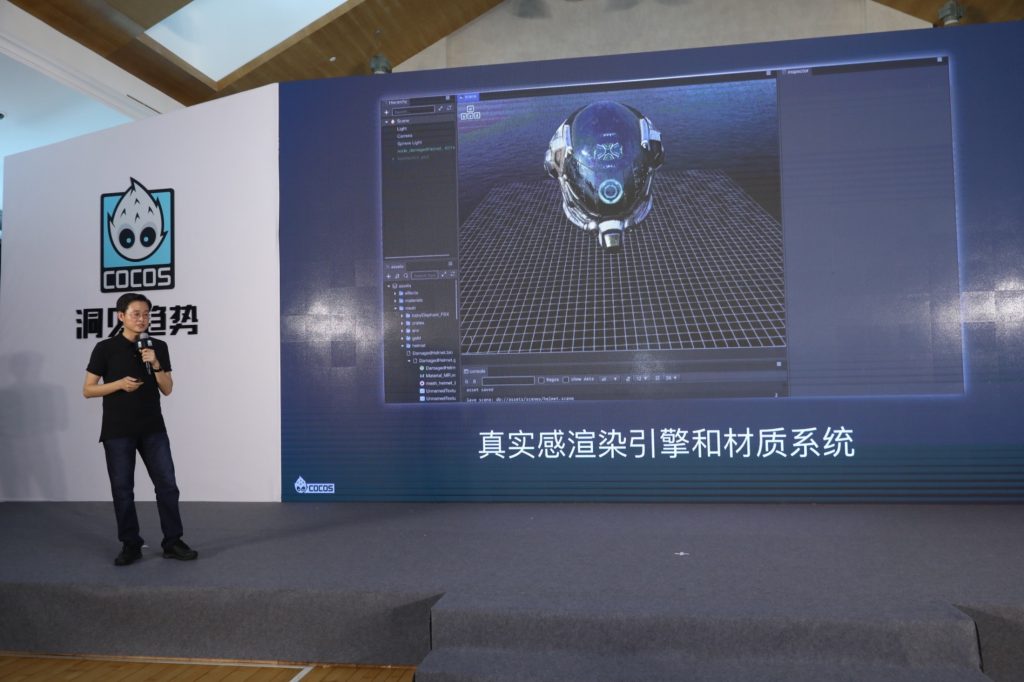
Cocos AVG is a highly visual game development tool that allows developers to create dating and story simulators. Developers can create their own story outlines, characters, design plots, and add interactions, to make story-driven games popularized in Asia. The Cocos AVG tool interface can quickly insert many custom elements such as pictures, text, special effects, animated actions, self-developed components and more. The AVG Tools are only available in China.
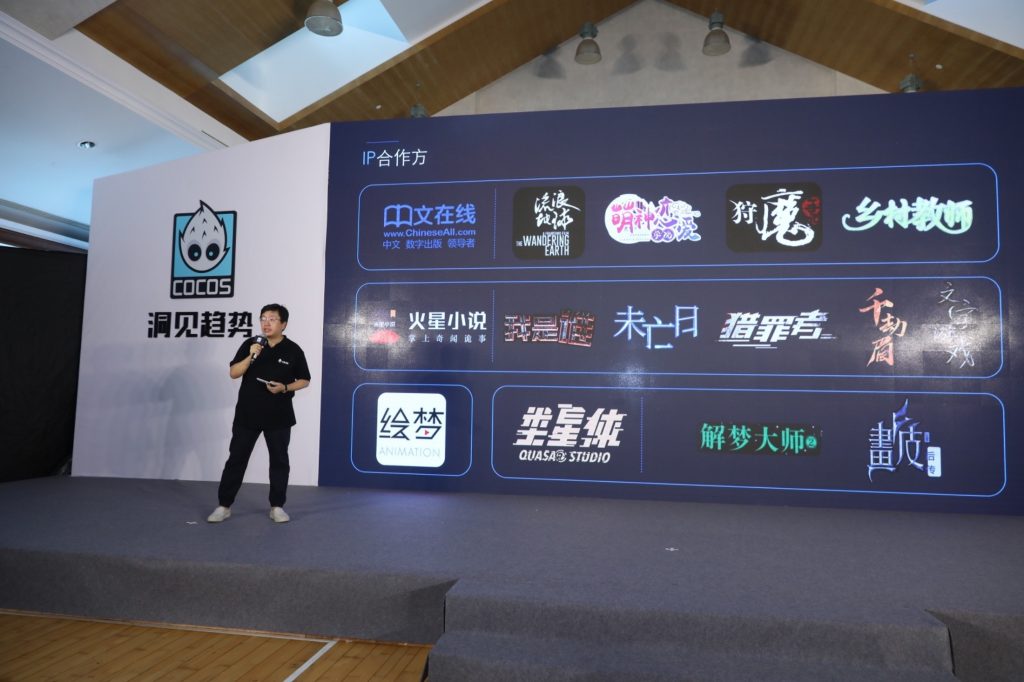
The AVG tools have five important features:
1. Story Tree, Character and Scene Creation
Support to preset character relationships, character backgrounds, and emoticons. More suitable for serialized products, and more lively contrast to the traditional AVG editor.
2. Fast insertion of canvas
By default, after the characters and scenes are completed, a new chapter is created with quick entry to characters and scenes. Reduce the production of new chapters to about 10 seconds.
3. Quick Dialogue Generator
Developers only need to input scenarios, names, and dialogues of characters directly into their components. Can use spreadsheets that are inserted into the game.
4. Story Chooser
It supports adding your own UI and choice control for a scenario in various forms. At the same time, it supports the controlling of various custom parameters.
5. Cocos Enabled Product Running Environment
With the powerful rendering capability of Cocos engine, the current tools support direct preview and debugging within the game though the Runtime architecture.
